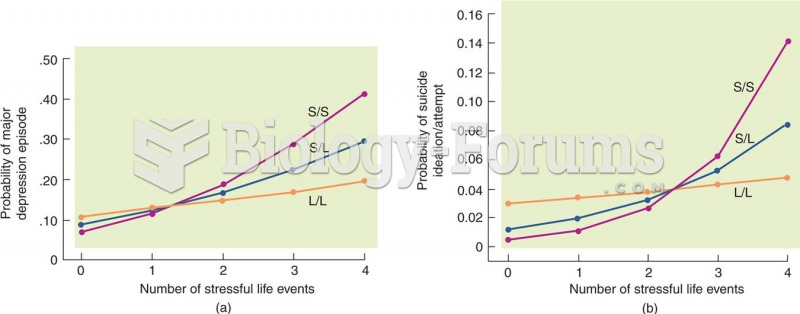This topic contains a solution. Click here to go to the answer
|
|
|
Did you know?
Despite claims by manufacturers, the supplement known as Ginkgo biloba was shown in a study of more than 3,000 participants to be ineffective in reducing development of dementia and Alzheimer’s disease in older people.
Did you know?
The FDA recognizes 118 routes of administration.
Did you know?
In 1835 it was discovered that a disease of silkworms known as muscardine could be transferred from one silkworm to another, and was caused by a fungus.
Did you know?
The familiar sounds of your heart are made by the heart's valves as they open and close.
Did you know?
Bacteria have been found alive in a lake buried one half mile under ice in Antarctica.







